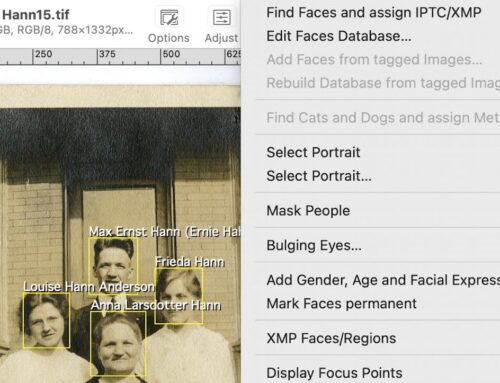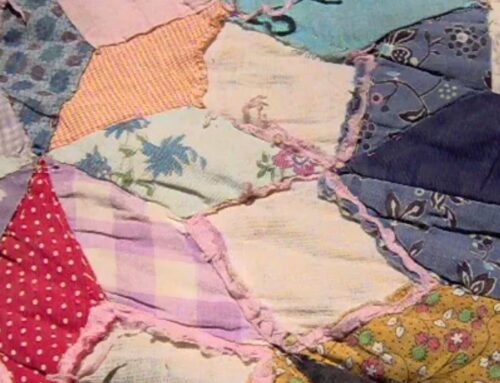Today’s tip is simple: use 100 percent cotton paper. For the printouts you intend to keep forever, cotton paper is the way to go.
Paper Permanence
Choose 100 percent cotton paper like Strathmore because it’s more stable and acid-free. It’s easy to find at Amazon or office supply stores. It costs more than regular computer printer paper because it takes longer to manufacture. But, it’s also cheaper to print on high-quality cotton paper than to house bad paper in Mylar sleeves.
Why Use 100 Percent Cotton Paper?
Let’s take a brief walk through paper history. Have you seen paper that’s very old, but it’s in excellent condition? From medieval times until the mid-eighteenth century, paper was made with flax or cotton and sized with gelatin, all relatively stable ingredients.
In 1774, Carl Wilhelm Scheele (is that name in anyone’s family tree?) discovered chlorine. Rags bleached with chlorine could be used to make paper. The chlorine reduced the permanence of the paper. But, it increased the availability of raw materials to make paper.
So, paper became less expensive, but also not as permanent. The same thing happened in 1806 when alum, a highly acidic sizing, was developed.
New high-speed printing processes for newspapers and books increased the demand for paper. In response, new and faster methods of making paper were developed. By 1858, the groundwood process, the ability to grind wood fibers, made paper even cheaper to produce. Sulphite, a highly acidic sizing, was developed to further speed production and increase profits.
But by the early twentieth century, it was clear that cheaply made acidic paper deteriorated quickly. Our shared cultural history was imperiled. Libraries and archives began to work on ways to mass-deacidify paper. And they began work on how to avoid the problem altogether.
What about just using acid-free paper? There are various standards for “acid-free” paper, with differing requirements. In some professions, paper having a pH between 6 and 7 is considered acid-free, but archival and museum conservators consider 7.5 the threshold. Buying 100 percent cotton paper is the way to go.
Make the Switch
So use regular paper for drafts and notes and the like. But when you’re ready to print copies of primary sources or produce trees for family members, use 100 percent cotton paper. If you were writing and submitting a dissertation, the university would require that you use paper of this quality, so why should your genealogical research deserve anything less?






Good advice. And among the few original documents I have, I have always paid attention to the difference among them in the quality of paper. Among the records I have from a great-great uncle, his letters from the 1890s are in outstanding shape – written on high-quality paper. But the ones he wrote on the cheap paper that was being used during World War II – are crumbling!